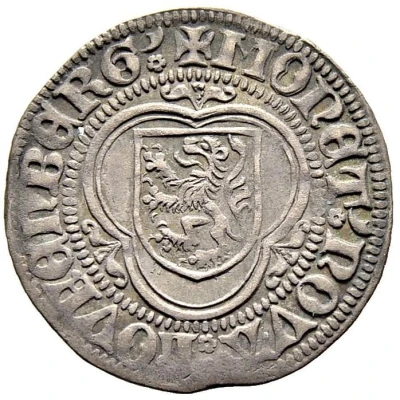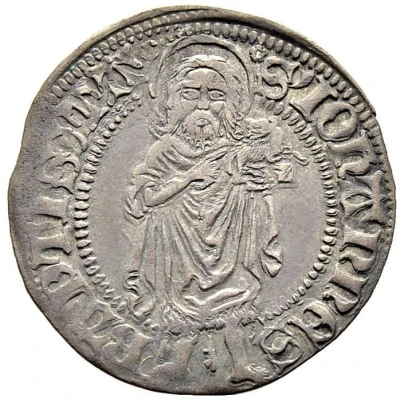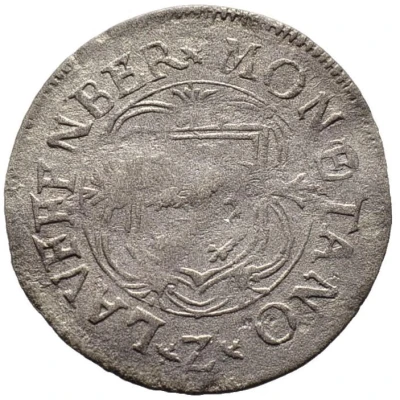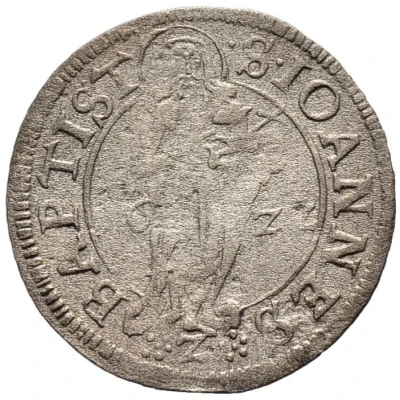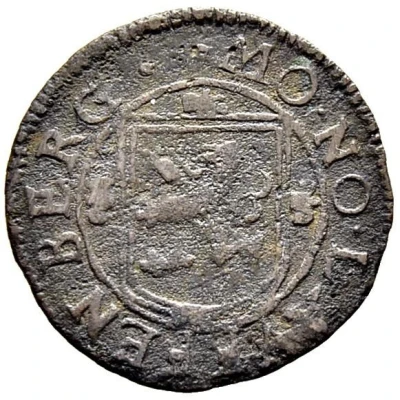
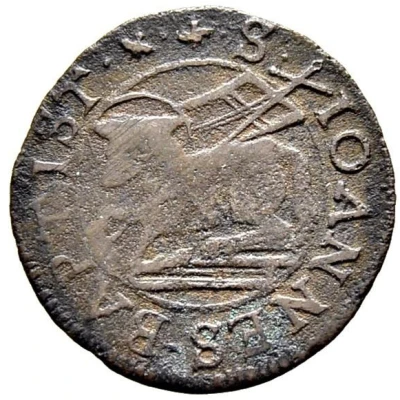

© Sincona AG
Plappart ND
| Billon | 1.25 g | 19.5 mm |
| Issuer | City of Laufenburg (Aargau) |
|---|---|
| Period | Free city |
| Type | Standard circulation coin |
| Years | 1622-1624 |
| Value | 1 Plappart (⅙) |
| Currency | Groschen (1505-1623) |
| Composition | Billon |
| Weight | 1.25 g |
| Diameter | 19.5 mm |
| Shape | Round |
| Demonetized | Yes |
| Updated | 2024-10-07 |
| Numista | N#187305 |
|---|---|
| Rarity index | 100% |
Reverse
Nimbate lamb lying left on gospel book. Cross with flag behind.
Script: Latin
Lettering: + · S · IOANNES · BAPTIST · x
Comment
9-9.5% Silver, 81-89% Copper and traces of tin, zinc, nickel and iron.Only one piece known.
Reference:
Ruedi Kunzmann - "Neuigkeiten zur Münzstätte Laufenburg des 17. Jahrhunderts". Published in Schweizer Münzblätter 259 (September 2015), pp. 72-78. http://doi.org/10.5169/seals-685842
The coin in the main image:
◦ Auctioned by SINCONA AG, Auction 53, 25 October 2018, Lot 6007. Sold for 3,800 CHF.
Interesting fact
The Plappart coin from Laufenburg (Aargau) is a rare and unique coin, with only a few examples known to exist. It was minted during a time of great economic and political change in Europe, and its design reflects the influences of the Renaissance and the Protestant Reformation. The coin's obverse features a depiction of the city's coat of arms, while the reverse bears the image of a crowned shield with the initials "P" and "L" on either side. The use of billon, a silver-copper alloy, was a common practice during this period, as it allowed for the creation of coins with a lower intrinsic value than pure silver or gold. Despite its small size and relatively low weight, the Plappart coin is a valuable piece of numismatic history, offering a glimpse into the economic and cultural developments of early 17th-century Europe.
